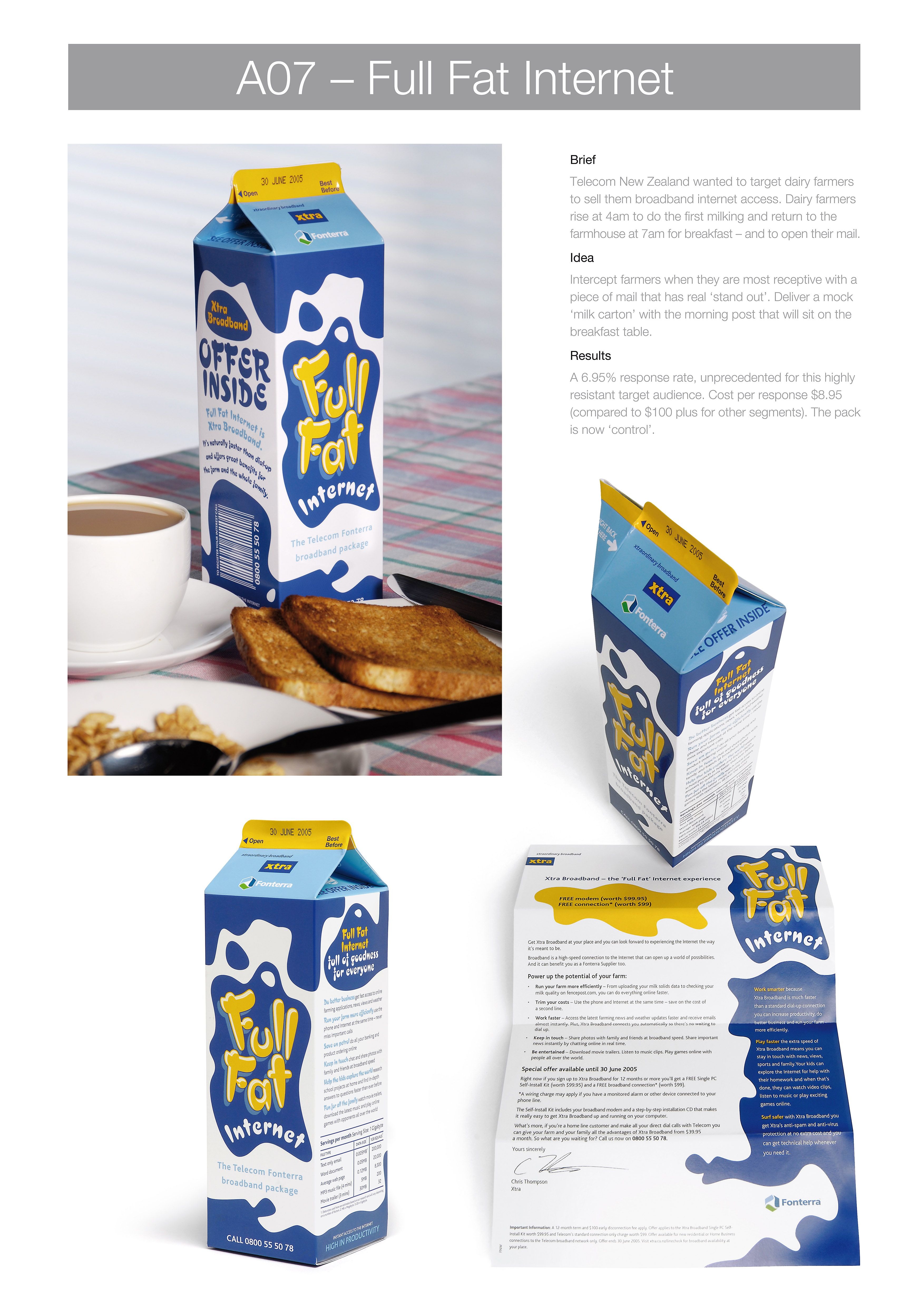Cannes Lions
Classrooms in the Cloud
OGILVY PAKISTAN, Islamabad / TELENOR / 2022

Overview
Entries
Credits
OVERVIEW
Background
SITUATION
Article 26 of the 1948 Universal Declaration of Human Rights states that “Everyone has the right to education.” By giving children education, we are ensuring a passport to their development that opens doors and expands opportunities and freedoms. Despite this, 25 million children in Pakistan continue to be out-of-school due to poverty and forced-school closures caused by COVID-19.
BRIEF
Telenor believes in empowering societies to do more, be more, and achieve more. To propagate this brand ambition under United Nations’ Sustainable Development Goals (SDGs), especially #SDG 4: "Ensuring Inclusive, Equitable, and Quality Education and the Promotion of Lifelong Learning Opportunities for All", it wanted education to be in the grasp of every Pakistani child.
OBJECTIVES
Endorse Telenor as the face of digital education in Pakistan
Improve market penetration by increasing Taleemabad users
Increase data usage for Telenor and improve 4G base
Provide Value for Money with free education.
Idea
The main objective was to create a localized digital platform that was cost effective, and ‘designed’ for Pakistanis. This platform consisted of an Android-based mobile application that catered to students, parents, and teachers alike.
Taleemabad integrated tools to enable effective education using internationally recognized lessons delivered through cartoons and interactive activities configured to peak a child’s interest in learning. It also had a portal for parents to supervise their child's academic progress, lesson planners for teachers, including features for school owners to virtualize their schools.
The app was regularly updated with quality content to add to the overall library of videos and skill tests.
Strategy
Pakistan has the world’s second-highest number of out-of-school children (OOSC) with an estimated 22.8 million children aged 5-16 not attending school and where average school life expectancy is just 9 years - worst amongst its neighbors.
By 2020, according to GSMA, 51% of Pakistanis owned a smartphone, all this in a country where 48% of children couldn’t read a simple sentence by the time their primary education was complete. Although out-of-school children remained our core target, the initiative revolved around everyone associated with the education sector who also owned a smartphone.
This included:
- Children in their learning years
- Teachers
- Parents
- School owners
Foremost, we needed to get schools digital. As positive results began coming in, we expanded our scope to become the country’s most comprehensive learning management system by forming hybrid/virtual schools and providing low-cost solutions that featured phone compatibility.
Execution
With today’s technology, and especially in the aftermath of COVID-19, the landscape is now changing. Kids are past the traditional way of learning. They’re used to short youtube videos, interactive games and catchy tunes. The current methods of teaching needed an upgrade to keep up with the times.
We answered this need by coming up with a transformative digital intervention executed via a gamified, Android-based mobile solution with its catalogue of over hundreds of videos, and thousands of interactive skill-learning tests.
School proprietors' primary concern was the sustainability of their schools due to parents’ inability to continue paying fees during closures. We devised a system to get school owners to register on Taleemabad so they could market their school, compile international-standard lessons, and increase the volume of admissions. Partnerships with the Federal Ministry of Education allowed Taleemabad to compress the entire national curriculum of Pakistan into one platform.
Outcome
The pandemic changed life as we knew it. Especially the education sector where relying on digital education became the only answer.
Telenor capitalized on this opportunity and partnered with Taleemabad, in line with its mission to empower societies and brought quality education to children who could not go to traditional schools.
2 million children were provided digital access to a single national curriculum followed across the country. This was a 300% increase as compared to the target which was taking the base to 1 million from the previously existing 0.5 million base.
The streaming app also boosted the data consumption patterns since a lot of users spent their time watching videos. The data consumption increased by 33%, while the target was just 10%. The huge percentage increase in data consumption is a testimony to the fact that children loved the interactive app and spent countless hours in upscaling their knowledge.
Similar Campaigns
12 items









